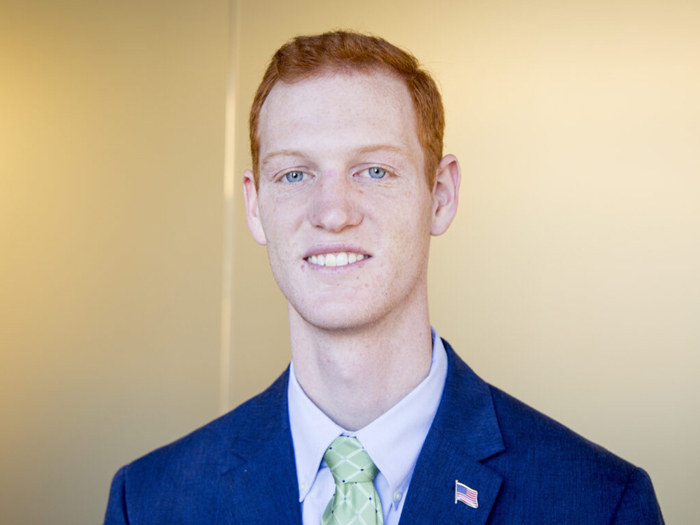Column: Roger's Soapbox
The Underwriting Cycle Lives
Here’s a joke. Why are they called pirates? Because they arrr.
Here’s another: Early last year, one of the global brokerage houses announced the imminent death of the underwriting cycle. “The inflows of new, lower-cost capital are helping to moderate (and perhaps kill) the reinsurance market cycle,” the broker stated, with all the authority that billions of dollars and acute market smarts could muster.
The broker has tens of thousands of employees and global clout, whereas I’m just a dude with a bad outlook. But I’ll tell you this much: The cycle is not dead. It’s resting.
The broker stated that a fall in U.S. property/casualty premiums as a percentage of GDP was evidence of the imminent end of reinsurance, showing up as “a proxy for the impact of the industry on the overall economy.”
The cycle is not dead. It’s resting.
The broker rated catastrophe models and “radical improvements in the technologies available to deploy capital very quickly, as and where needed” as the two most significant factors leading to the downfall of reinsurance.
Funny, that. The same company bleated about disintermediation in the 1930s by what was then called “alternative capital.” Today’s version of alternative capital is to be credited with taking down the reinsurance market.
The death of reinsurance, the broker said, feeds the growth of the ILS market. If companies would only abandon reinsurance and wholly embrace ILS, the broker said, greater stability could be guaranteed. Ha!
Too much money, allied to a pause of some years in heavily insured catastrophes, has been chasing too little understanding of business risk (e.g. cyber). A lull in economic proceedings always brings out forecasts of doom.
Then came this summer. I doubt the broker still thinks the underwriting cycle is over. Rather, with some ILS instruments being wiped out as the winds blew and the rains deluged, the cycle remains intact.
It was diminished somewhat as vast pools of capital sought better returns than have been available in interest-bearing accounts. Given the political and economic damage that might attend a meaningful raise in interest rates, they are stuck. Capital otherwise idle, or at the very least relaxed, has had to work for its living.
Big money seeks non-correlated alternatives, which is another joke. My fingers aren’t correlated to my toes, but soon after I fall off a tall building, their correlation would become apparent. In the early 2000s, what seemed to some a sensible conclusion, “the end of history” was declared and with it ever-expanding wealth for all. That opinion held water right up to 2007.
The inherent nature of markets does not, and will not, change in the short term. Harvey, Irma, Jose, the quake in Mexico and any other catastrophes that may occur between my writing this and your reading it, are a reversion to the norm, proof that the underwriting cycle lives on. Because what goes up must come down, and vice versa.
And that’s no joke. &










